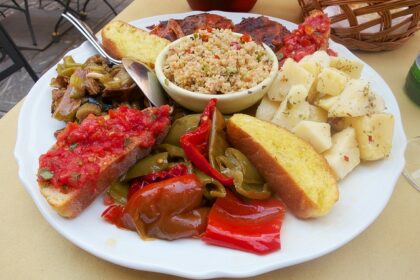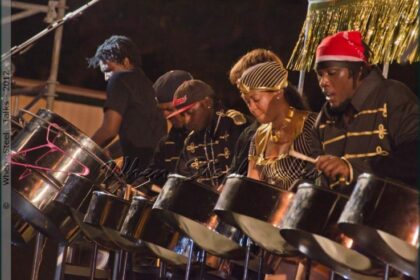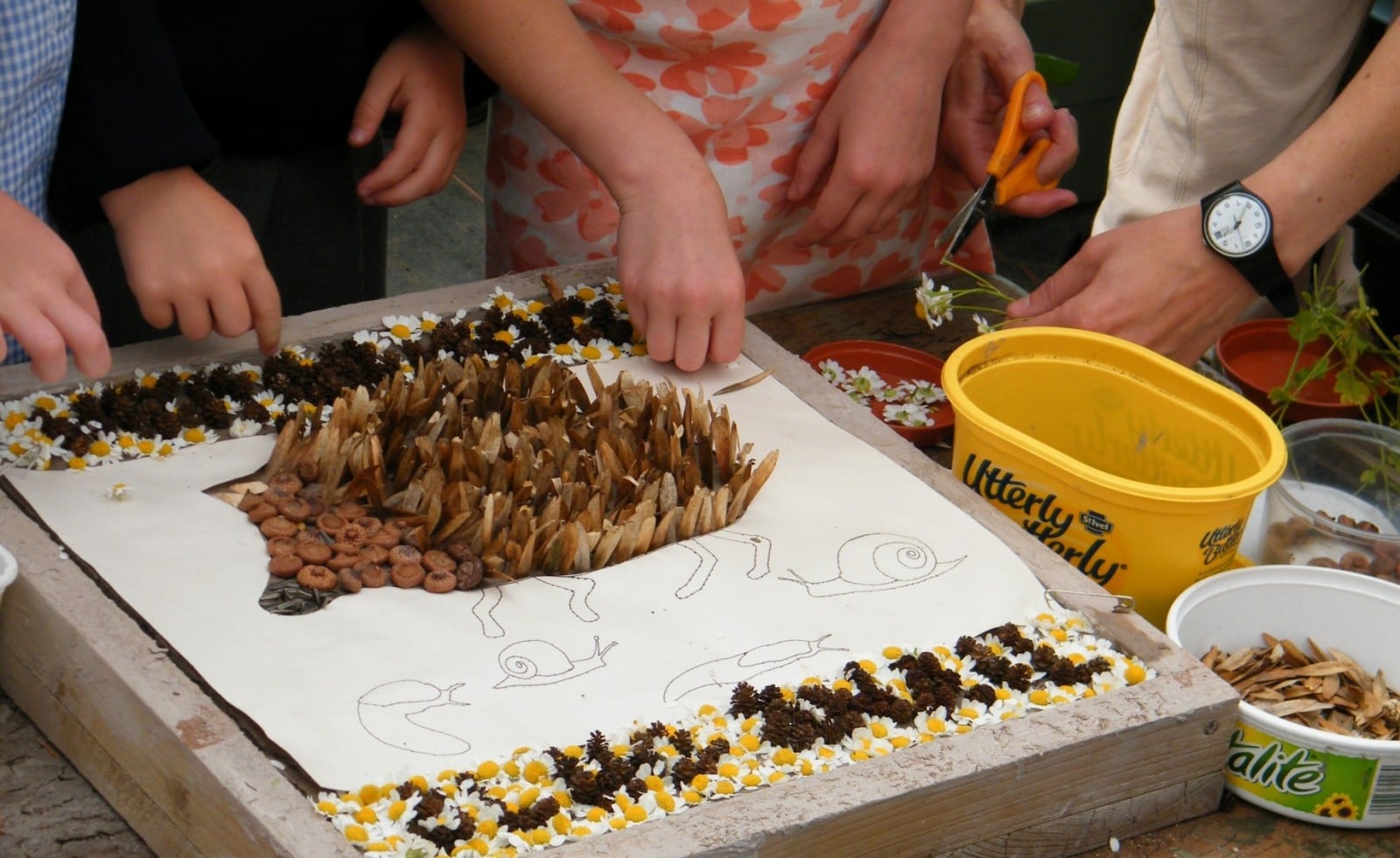
England’s Peak District is both imposing and calm, with rolling green slopes, gritstone escarpments and fells, moorlands and ancient mines.
The Peaks – hills rather than mountains which straddle Derbyshire, Cheshire, Greater Manchester, Staffordshire, and Yorkshire – are a protected National Park. In my opinion, no England travel guide is complete without mentioning them.
In the valleys and troughs between these peaks are moss-covered, time-worn, stone-built towns and villages which have hardly changed in over a hundred years.
In this unique setting, local traditions have been cocooned and preserved, and this is undoubtedly one of the reasons that the local tradition of well dressing has continued flourishing into the present day.

Well dressing – also known as well flowering – is a craft, similar to collage, almost exclusively done by community groups like schools, churches and societies.
Well dressings are usually built on wood-framed clay boards, which are decorated with flowers, leaves, seeds and moss to create an image. Once complete the works are placed over a local well or spring.
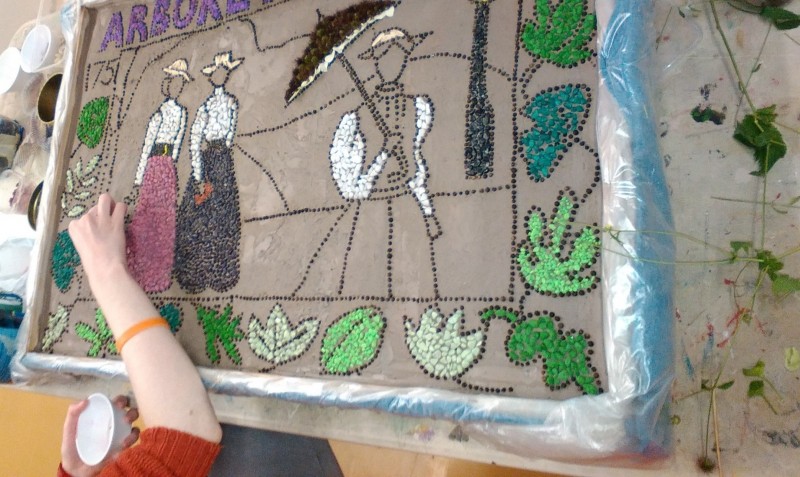
It’s believed this artistic pursuit is rooted in pagan tradition, when believers would make sacrifices to the gods of the wells. As with many pagan traditions, the practice was adopted by the church.
Glyn Williams has been a well dressing aficionado for over forty years. He runs a website celebrating the tradition, and estimates that he’s seen a whopping 5,000 flowery designs since the year 2000. Glyn gives some insight into the history:
“Tradition has it that at Tissington, one of the longest established sites for well dressing in Derbyshire, it was done to give thanks to God for the blessing of clean water, which was one of the things thought to have contributed to the village escaping from the plague.”
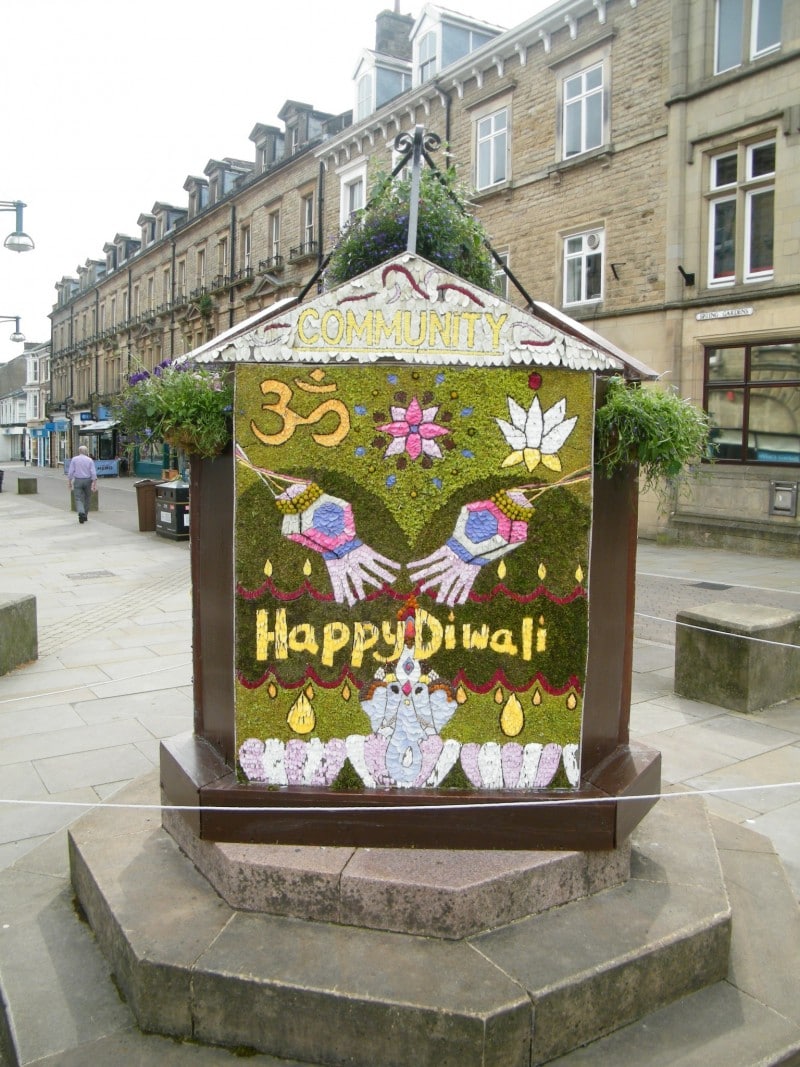
Today the dressing of wells continues to be linked with religion, but secular works are increasingly common.
This year’s well dressings celebrated niche interests including cult London soap EastEnders and the Hubble telescope. There was even a dressing celebrating the Hindu festival of light, Diwali.

These natural art installations are displayed each summer from May to September, when you can also attend “Well in the Making” events.
Suffice to say the ancient craft brings a whole new meaning to the phrase “well dressed.”
By Jo Eckersley
Jo Eckersley
Latest posts by Jo Eckersley (see all)
- Digging Deeper: A Guide To Responsible Archaeological Excavation & Scientific Expedition Volunteering - Jan 9, 2016
- Why We Need To Hear The Voices Of Those We Visit On The Road - Jan 9, 2016
- Travel Safety Tips For Women Hitting The Road Solo - Dec 18, 2015
- How Moving To Sri Lanka Helped Me Discover My Culture - Nov 2, 2015
- Riding The World’s First Surf Boards In Peru - Oct 12, 2015



